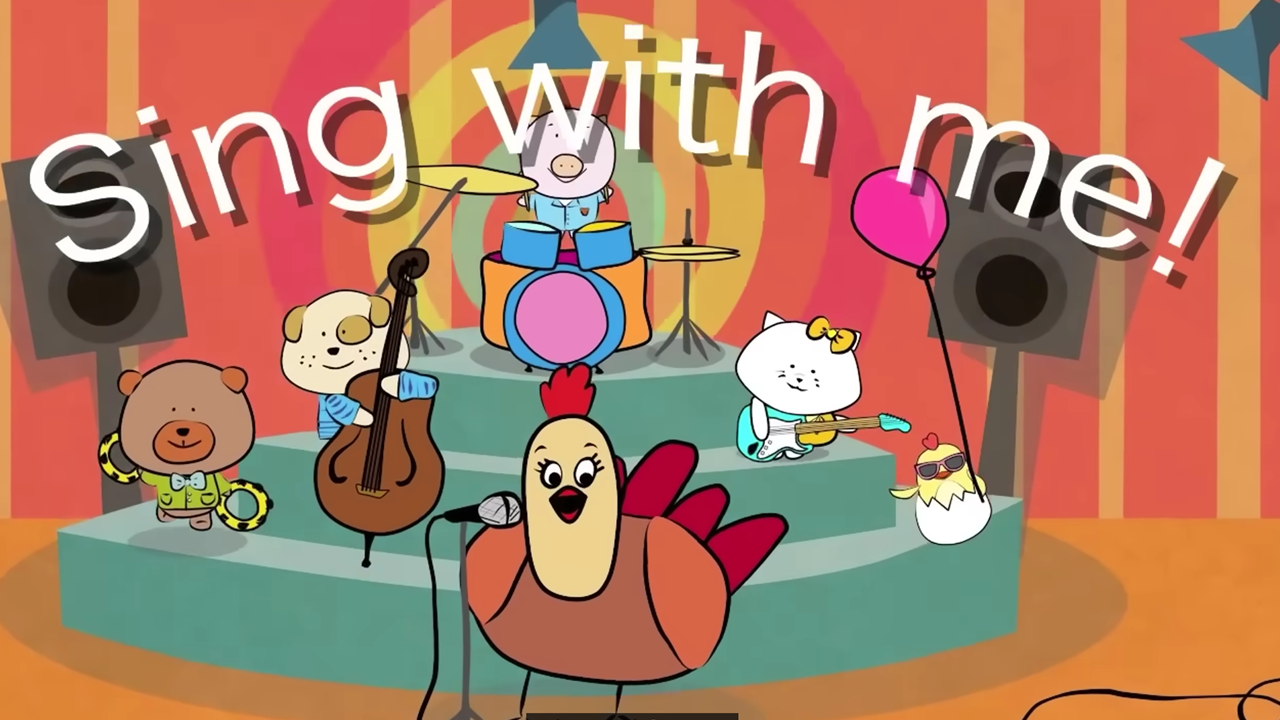Toxic masculinity or toxic journalism? Reporting on teaching masculinity in schools

A recent article in 'The West Australian' headlined 'How We Stop This Kid Becoming A Monster', with the sub headline stating, 'Call for DV lessons at all schools to address menace of toxic masculinity' came to my attention on Tuesday evening. In the current cultural climate, seeing the terms ‘toxic’ and ‘masculinity’ side by side is nothing unusual. In fact, in 2018 the word ‘toxic’ was voted Word of the Year and the phrase ‘toxic masculinity’ ranked second only to ‘toxic chemicals’, which in a climate of environmental concern only further highlights the phrases popular use. However, this article was quite unique in its deplorability in suggesting the expression of ‘unhelpful’ masculinity is in itself destructive and dangerous, and insinuating that if not properly ‘stopped’ young men and boys are destined to be monsters and menaces.
Firstly, correlating young boys' masculinity with domestic violence is flawed and disturbing. What sort of lesson does it teach young boys if they are told they need to be ‘stopped’ and prevented from being perpetrators of domestic violence. In context of a worsening mental health crisis, teaching young boys in school that they are a potential problem that needs fixing and that their natural expression of masculinity is something that needs suppressing for the safety of girls is tragic. If we want to create a safer environment, better relations between the sexes and combat domestic violence, surely the first step is to increase the mental well-being of men and boys, and help them understand that their masculinity can actually have a positive impact on those around them. Furthermore, studies have shown that there is evidence that “masculinity can be beneficial to mental health”, and that a “greater acceptance of traditional masculinity has been found to be significantly associated with better self-esteem and mental well-being.” Clearly the research points to a necessity for encouraging a positive representation of masculinity that will produce young men who understand their responsibility and their necessary role in society, not as predators but as protectors.
If we look at the language used in the Australian article, it follows a general trend in recent years of correlating ‘toxic masculinity’, a ridiculous and itself ‘toxic’ term, with being a ‘monster’. A recent study showed that “around 85% of respondents thought the term ‘toxic masculinity’ is insulting and probably harmful to boys”; which begs the question of who thought it was a good idea to use phrases like “menace of toxic masculinity" and “unhelpful forms of masculinity” to describe the behaviour of young boys? If we know this language is harmful to the mental well-being of young men and boys, and bad mental health plays a contributing factor to a propensity for violence and abuse, aren’t articles like this inadvertently fuelling the very fire they are trying to put out? More importantly though, the article suggests that the inevitable pathway for young boys, if they freely explore masculinity, is to become a monster and a predator to women. It would be hard to find a more harmful correlation to make than suggesting an almost predestined inevitability for destructive behaviour for those young men and boys expressing their masculinity.
In Warren Farrell & John Gray’s book ‘The Boy Crisis’ they highlight the persistent negative representation of masculinity in the media as primarily defined by “fallen icons, each newly revealed sexual harasser, rapist, and serial killer leaves a sensitive boy feeling ashamed that he is male”. If the only examples of expressions of masculinity we teach kids are negative, predatory and abusive we are going to produce a whole generation of boys and young men who repress any expressions of masculinity inevitably leading to worse mental well-being and the possibility to act out impulsively and uncontrollably. As Vincent Deboni highlighted, more than ever we urgently need “to promote healthy male role models who exhibit creative ways to exercise masculinity in noble ways” and change the narrative around masculinity before it does too much harm.
The issue of sexual relationships and male on female domestic violence is at the tip of current societal issues, but surely this problem is an issue of men not being able to control their emotions and impulses. Repressing one's emotions, and being slave to one's impulses and emotions, is very different to controlling and governing your emotions and impulses. Canadian psychologist Jordan Peterson highlights this difference beautifully stating that men should be capable of danger and then learn how to control it. Is this not a much better approach to masculinity, bringing it to the fore and embracing it for positive means rather than using destructive language that only promotes more turmoil. By taking a more accepting and positive approach, we can present an alternative route to healing relations between men and women and begin to tackle the issue of domestic violence through productive and effective means that help both sexes.
Scroll down to join the discussion
Thor is a postgraduate psychology student in London whose main interests are male psychology and masculinity. I studied undergraduate Philosophy, Politics & Ethics, with a particular interest in questions of meaning and purpose.
Disclaimer: This article is for information purposes only and is not a substitute for therapy, legal advice, or other professional opinion. Never disregard such advice because of this article or anything else you have read from the Centre for Male Psychology. The views expressed here do not necessarily reflect those of, or are endorsed by, The Centre for Male Psychology, and we cannot be held responsible for these views. Read our full disclaimer here.
Like our articles?
Click here to subscribe to our FREE newsletter and be first
to hear about news, events, and publications.

Have you got something to say?
Check out our submissions page to find out how to write for us.
.













































